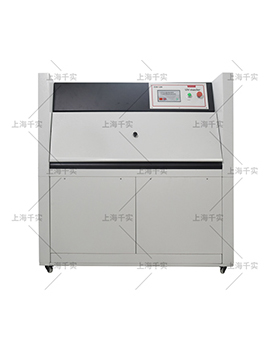UV aging test chamber test method

Natural climate light
aging test method is usually divided into two kinds, one is the simulation of ultraviolet light aging UV aging test chamber, the other is the simulation of full sunlight aging. Generally speaking, natural weathering test results are more realistic, less expensive and easy to operate. Although we can conduct natural weathering tests anywhere, the internationally recognized test site is Florida, USA, because of its abundant sunlight.
However, the shortcoming of the natural weathering test is that the test takes a long time, and testers may not have so many years to wait for the test results of a product. Today we will talk about the UV aging test chamber.
UV aging test chamber test method
The
UV light aging test uses a fluorescent UV light to simulate the damaging effects of sunlight on durable materials. This is different from the xenon arc lamp mentioned earlier. The fluorescent UV lamp is electrically similar to a common cold fluorescent lamp for lighting, but generates more UV light rather than visible or infrared light rays.
For different exposure applications, there are different types of lamps with different spectra to choose from. UVA lamps have a spectral energy distribution (SPD) that closely resembles the spectral map from the sun at 360 nm. UVB lamps are also commonly used for accelerated artificial weathering tests. It is faster than the UVA lamp on the material damage, but its shorter than 360 nm wavelength energy output for many materials will cause deviation from the actual test results.
Although the national standard and the current common aging test method is xenon arc radiation, but in foreign countries xenon arc radiation and ultraviolet light aging test are widely used test methods. These two methods are based on completely different principles.
The xenon lamp irradiation test chamber imitates the full solar spectrum, including ultraviolet, visible and infrared light, and its purpose is to simulate sunlight. The UV aging test, on the other hand, does not attempt to imitate the sun's rays, but only to mimic the damaging effects of sunlight. It is based on the principle that durable materials exposed outdoors for long periods of time are subject to greater aging damage caused by short-wave UV light exposure.
2021-10-13 12:03

